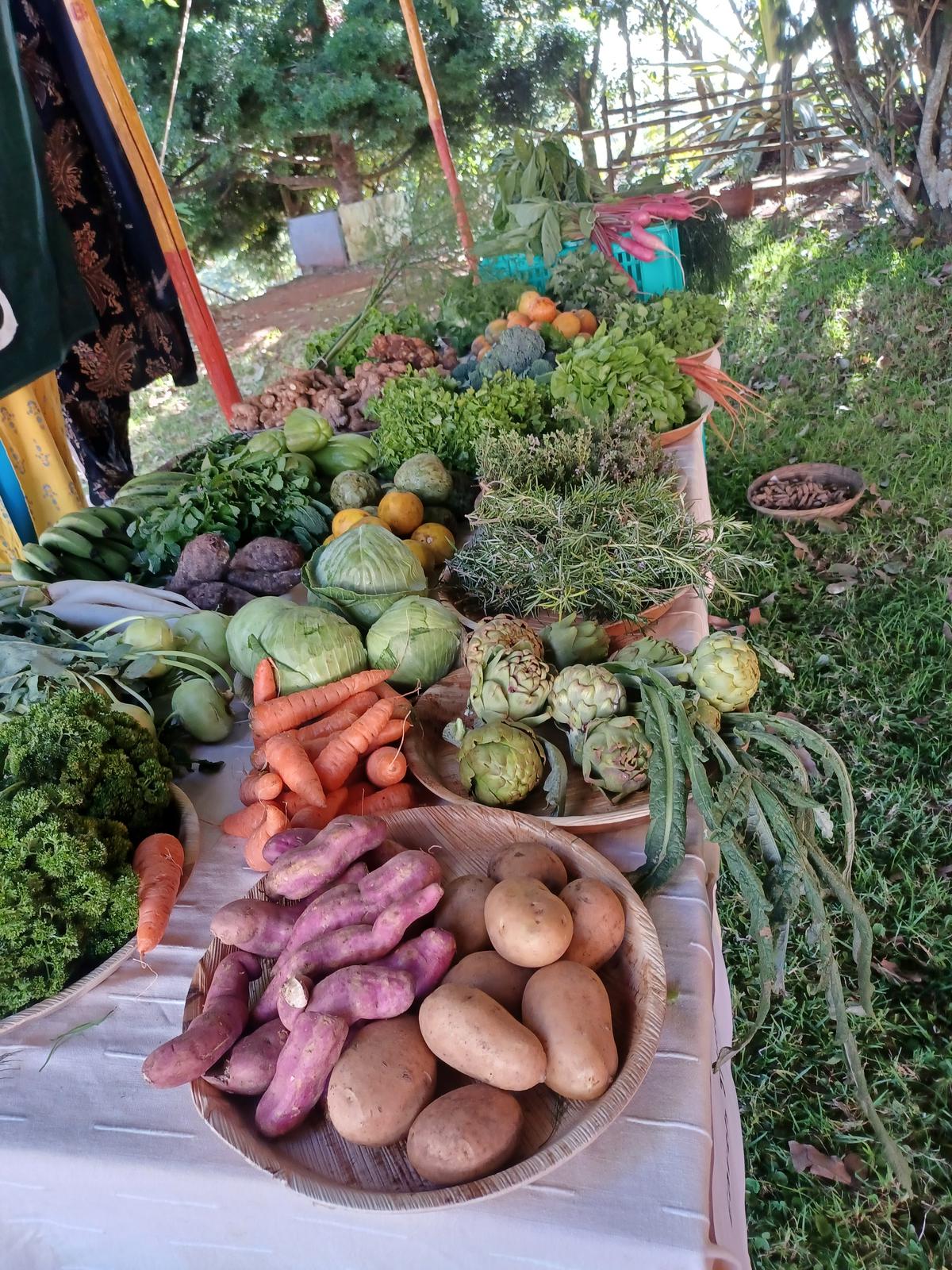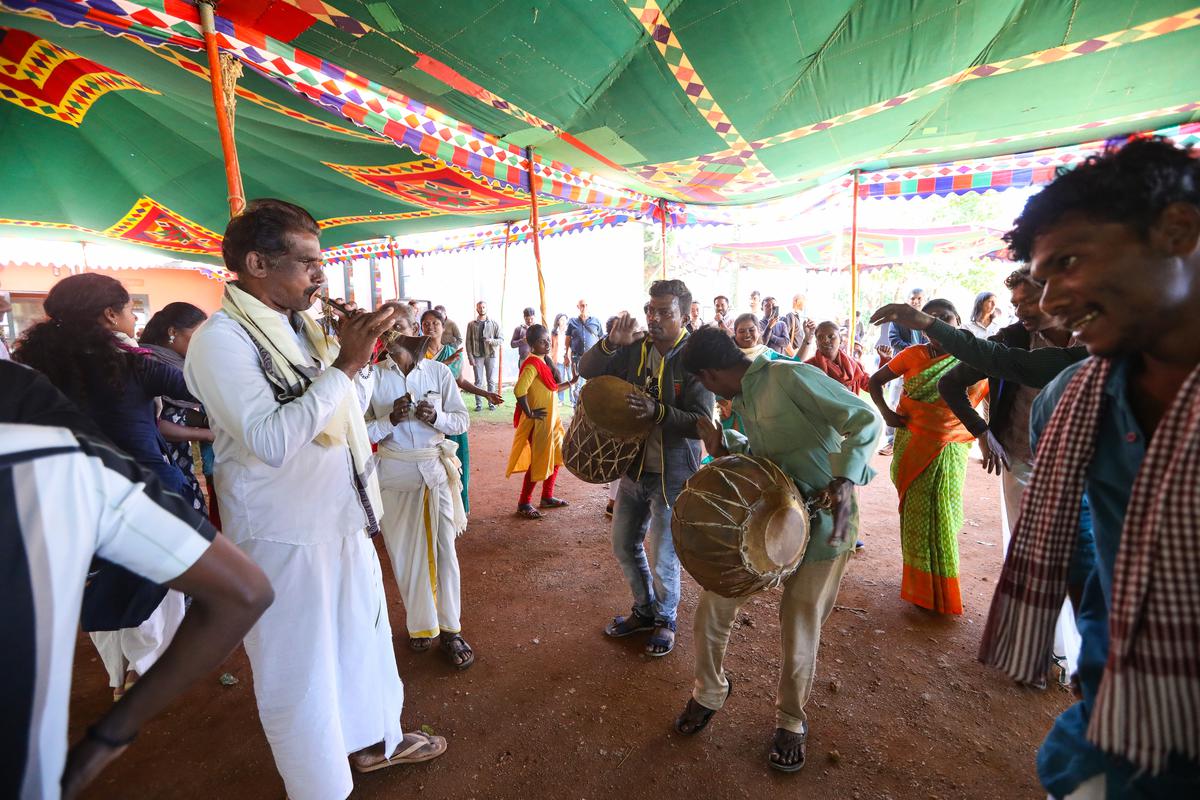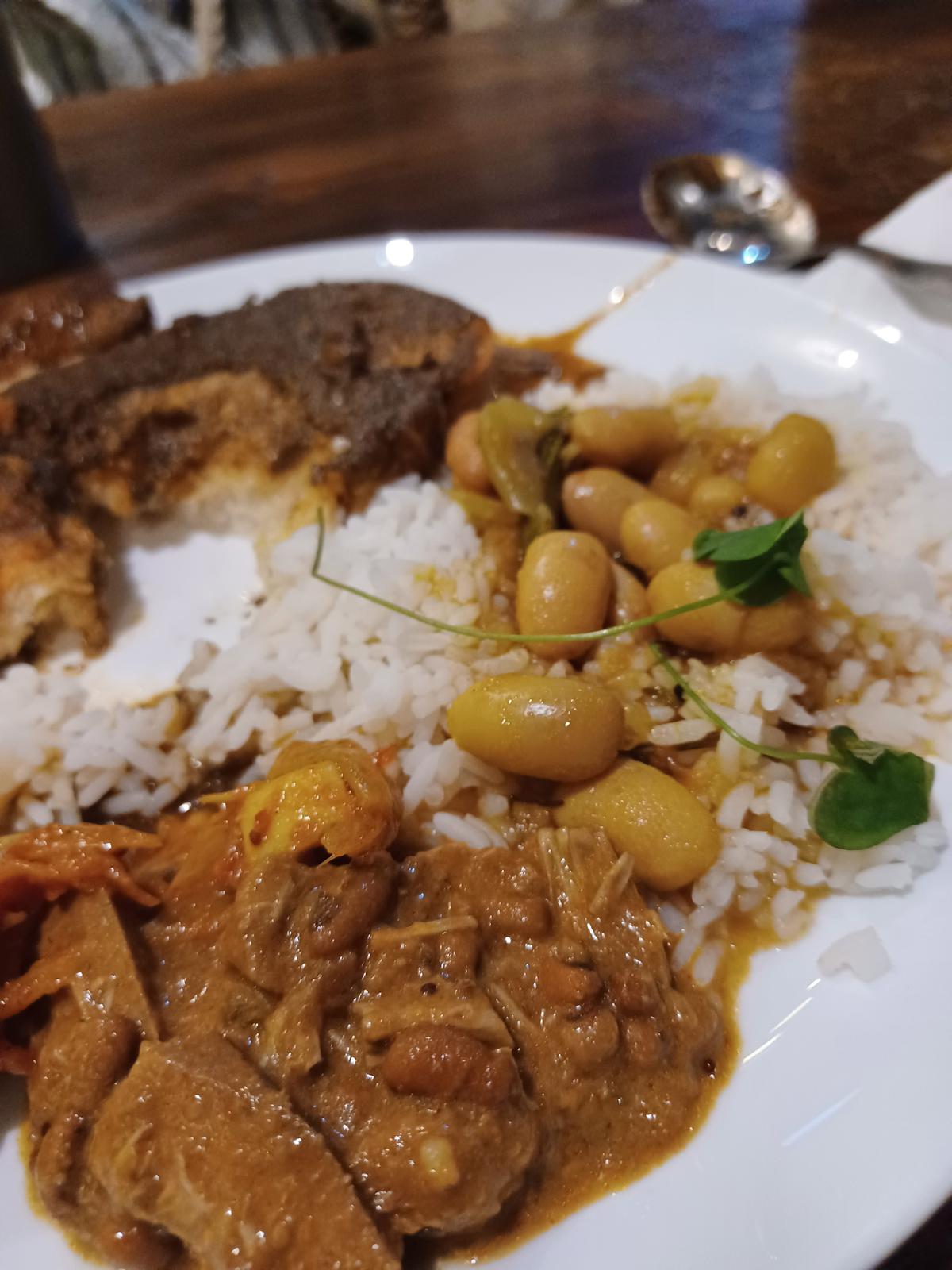The United Nations has declared 2023 as the International Year of Millets. Millet, an energy efficient crop, can be grown with minimal use of resources. “It is ironic that we only find millet at an occasion like Wild Food Fest,” said chef Thomas Zacharias, leading a rich conversation on wild foods and communities on a sunny winter morning. Hubba, a celebration at the Green Campus of The Keystone Foundation in Kotagiri. It is a part of the four-day Nilgiri Wild Food Festival organized by The Nilgiris Foundation (TNF), an internationally established non-profit organization to create awareness on eco-development initiatives in the Nilgiri Biosphere Reserve. TNF is also a sister organization of The Keystone Foundation, a platform that has been working on the ground with the tribal communities of the Nilgiris for over three decades. “The festival is a charity event by TNF, which aims to raise awareness of wild foods, food systems, and change the way we look at food,” says Ramya Reddy, director of TNF.
While the United Nations is urging countries to rely on locally produced grains, the festival opened a dialogue on wild, local and seasonal foods, including millet, conservation and sustainability in the food production industry in a climate-changed future. “The climate crisis is real,” says Zacharias, adding that “it’s time to change the narrative.” “We are apart of where our food comes from. The power dynamics of cities taking inspiration from indigenous communities must change. Such festivals bring about a change in consumer behavior and the lifestyle choices we make. We can also effectively use storytelling tools and social media to achieve this.
Pratim Roy, founder of The Keystone Foundation, leading the conversation on wild foods and communities
On HubbaAs communities showcased a variety of wild forest produce including varieties of red, black and wild ginger, black turmeric (which has high medicinal value), millet, wild tubers nurai kizhangu, katu kizhanguand food Churuli Greens, Irula men and women dance rhythmically to the tune played on drums and pipes.
While Chef Thomas Zacharias Zack, a Mumbai-based locavore champions for regional cuisine in India, where he brings together storytelling, working with local produce, and developing relationships between people within the Indian food system, he’s a master of deliciousness. Emphasizes the idea on what is available to us. plate. “We fail to have a ‘deep respect’ for seasonal produce. Without using avocados, lettuce or asparagus, we have created over 180 items on the menu with locally available seasonal produce. We partner with organizations such as the Keystone Foundation partner to talk about the relevance of food tourism to a niche audience that understands and respects food. We make it fun.

Clean and Green Vegetables | photo credit: K Jeshi
Earlier during the festival, Irulas S Sivaraj from Bangalapadigai and R Kannan from Arrakot took the participants on an ancestral land tour in the Southern Nilgiris to showcase heirloom produce and traditional farming practices. Steamed snacks followed by a refreshing lime drink nurai kizhangu And Ryan Kizhangu (sweet tubers) extracted from the forest. “The tuber has medicinal value and is believed to strengthen the uterus, especially for new mothers. our ancestors farmed together, and at the same time ragi And timeHe cultivated 16 types of crops including mustard, pulses, laboratory labs like beans, and a variety of greens including amaranth. povi keerai, Kakkai And dragoo, banana nelly And singgai keeraiand tubers,” says S Shivraj.
After a jungle walk at Garikkur, a stop at the Porivarai Center that educates visitors on some traditional musical instruments like the arkol, followed by a hearty Irula meal with ragi kazi and pumpkin sambar, thannai rice and mixed vegetable sambar , And Natu Kozhi Gravy.

The festival begins with the Irula dance. Photo Credit: Special Arrangement
Wild greens, tubers, flowers and seeds grown in hidden valleys and mountain slopes, untreated food, ensure food security. It’s the bonus crop, says environmentalist and organic gardener Lethika George, furthering the discussion on the impact of climate change on agriculture. “I have an acre of food forest where unseasonal rains have ruined my crops. But, wild greens and wild mushrooms are still alive. Millets and greens are passed off as poverty food. The chefs are serving wild foods. It has to become food for all by making it accessible to all. For this to happen, the way we eat has to change,” urges the Kodaikanal-based author whose books include Mother Earth, Seed Sister, travels through the fields of India And Suriani Rasoi, Along the same lines, Snehlata Nath and Mathew John, founder-directors of Keystone Foundation, agree that degraded cash crop lands can be converted into forested areas with rich bio-diversity. and ecosystem services. Once documented, availability and consumption may increase,” says Sneha.
Dr Harsha RP, a conservation biologist at the Ashoka Trust for Research in Ecology and the Environment (ATREE), drew attention to the fact that wild food, nutrients and communities are linked. “Wild foods are seasonal and give communities essential nutrients. With the effects of climate change affecting forests, the focus should again be on moving away from wild techniques and monocultures. Their culture and traditions are connected to nature and focus on complete well-being.

A Badga Meal with Beans Curry and Jackfruit and Custard Apple Gravy | photo credit: K Jeshi
At sunset, a 10-course badga tasting platter by chef Suresh Beliraj and his family at the picturesque lakeside restaurant in Arvenu took participants on a journey of forgotten food traditions as soulful badga song singers presented by a three-member musical The troupe including Bailey Raj performed at the venue. “I grew up with Ragi sandagais (garlic and tree tomato sauce) and hemp (barley) porridge. Some varieties of lentils are preferred salligai (black lentils) have disappeared from our food scene,” he says. While the menu tasting session bela kaapi (coffee with jaggery), uppu korai (roasted and salted beans), spinach on toast, tender bamboo shoots , pothihittu (wheat pancakes), bread and other items like chicken curry, hachikai (sweets made with millet, milk, coconut and sugar) kept on coming.
Food columnist Rakesh Raghunathan explains that as a culinary ambassador it is his duty to tell the story of indigenous food. “The panchamirtham served as prasadam in the Palani temple is made from mountain bananas, honey and dates. There is also thenam thinai mavum (honey and fox flour) which is deeply associated with the tribal communities there. We have more than 350 varieties of indigenous rice. In one of my popups, I made Risotto with Karunkuruvai Rice, which became an instant hit.

Le Cafe in Udhagamandalam, sit-down dining during the Fest at LittleEarth | Photo Credit: Special Arrangement
“Plant-based food is the way forward,” says chef Abhijit Saha, whose Glass Kitchen & Bar restaurant in Bengaluru features sustainable food with a focus on clean menus, interesting flavor combinations and farm-to-fork. “It’s about making the right, and healthy, and conscious food choices.”
“Plant-based food is the way forward,” says chef Abhijit Saha, whose Glass Kitchen & Bar restaurant in Bengaluru features a clean menu and sustainable food with a focus on farm-to-fork. “It’s about making the right, and healthy, and conscious food choices.” Corporate Chef Abhijeet and Chef Arup Kakati from The LittleEarth Group in Udhagamandalam presented multi-course lunch and dinner meals at Le Cafe, LittleEarth in Udhagamandalam, where the menu included items such as Lemongrass Infused Tart-Lattes and Bamboo Shoot Pickle on Tapioca Crisp . Wild Mushroom Ravioli and Blue Pea Tea and Passion Fruit Granita.
Pratim Roy, Founder, The Keystone Foundation says, “We live and work with nature and food is going to bring activists, chefs, food historians and communities together. In this climate change affected world where quality food is uncertain, the Nilgiri Biosphere offers hope.